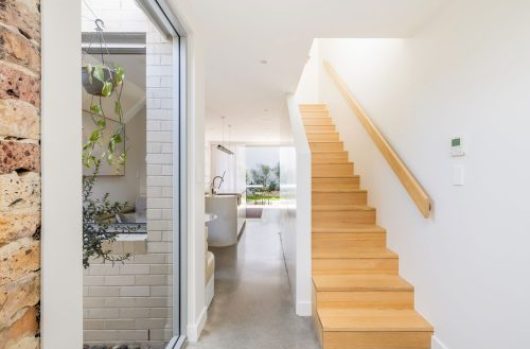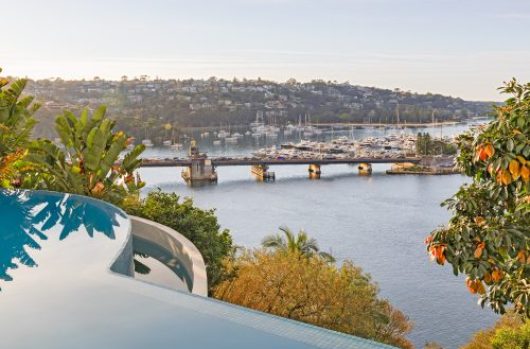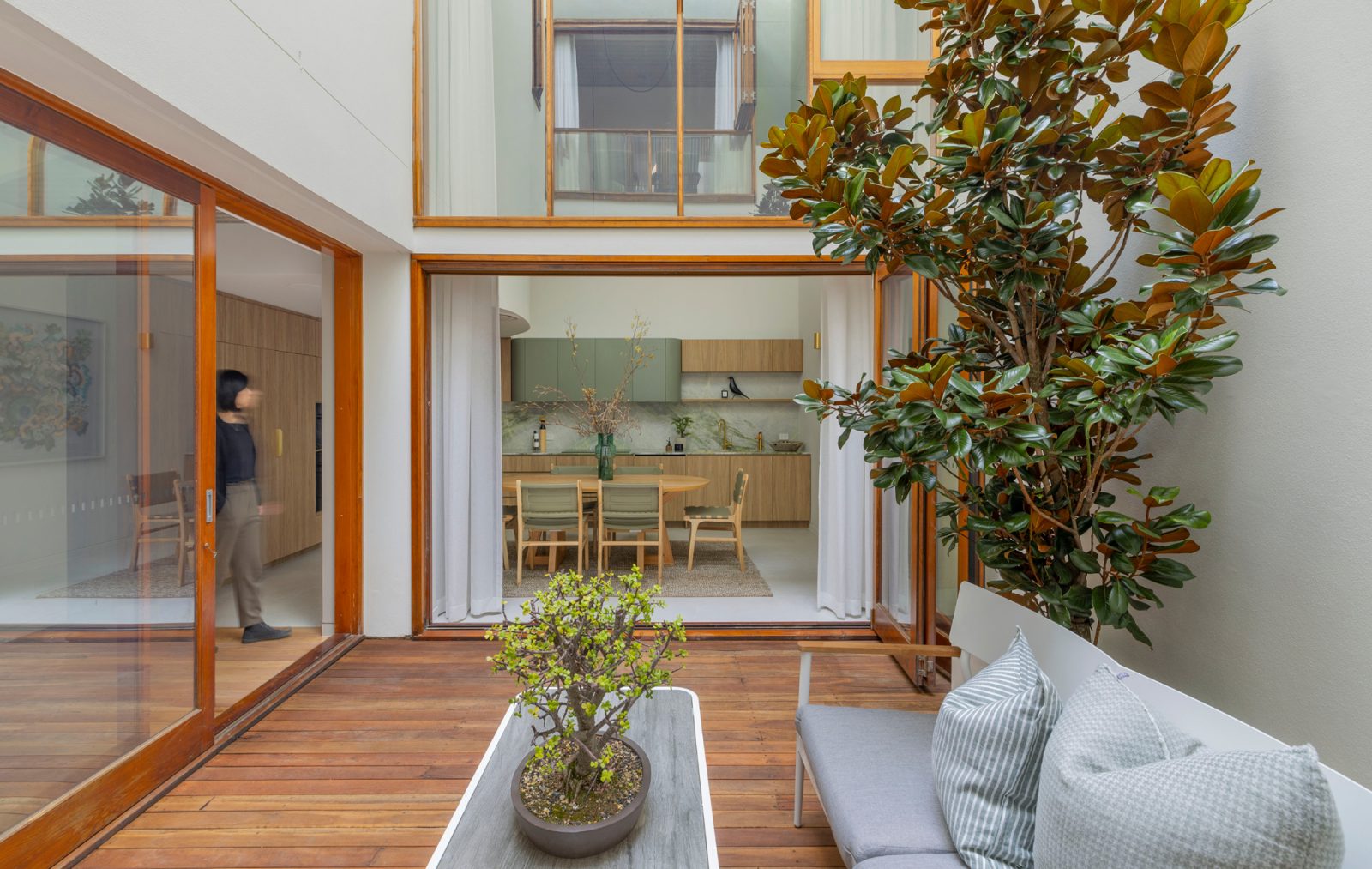
An analysis of the pre-Spring property market.
Spring is likely to arrive early for the Sydney property market, with healthy listing numbers and buyer appetite resulting in robust Winter activity, according to BresicWhitney.
The group sold 75 homes across July, for a combined total value of $156 million. While total transaction volumes were slightly more modest than the same month last year, total year-to-date sales for BresicWhitney have increased by 6.3%.
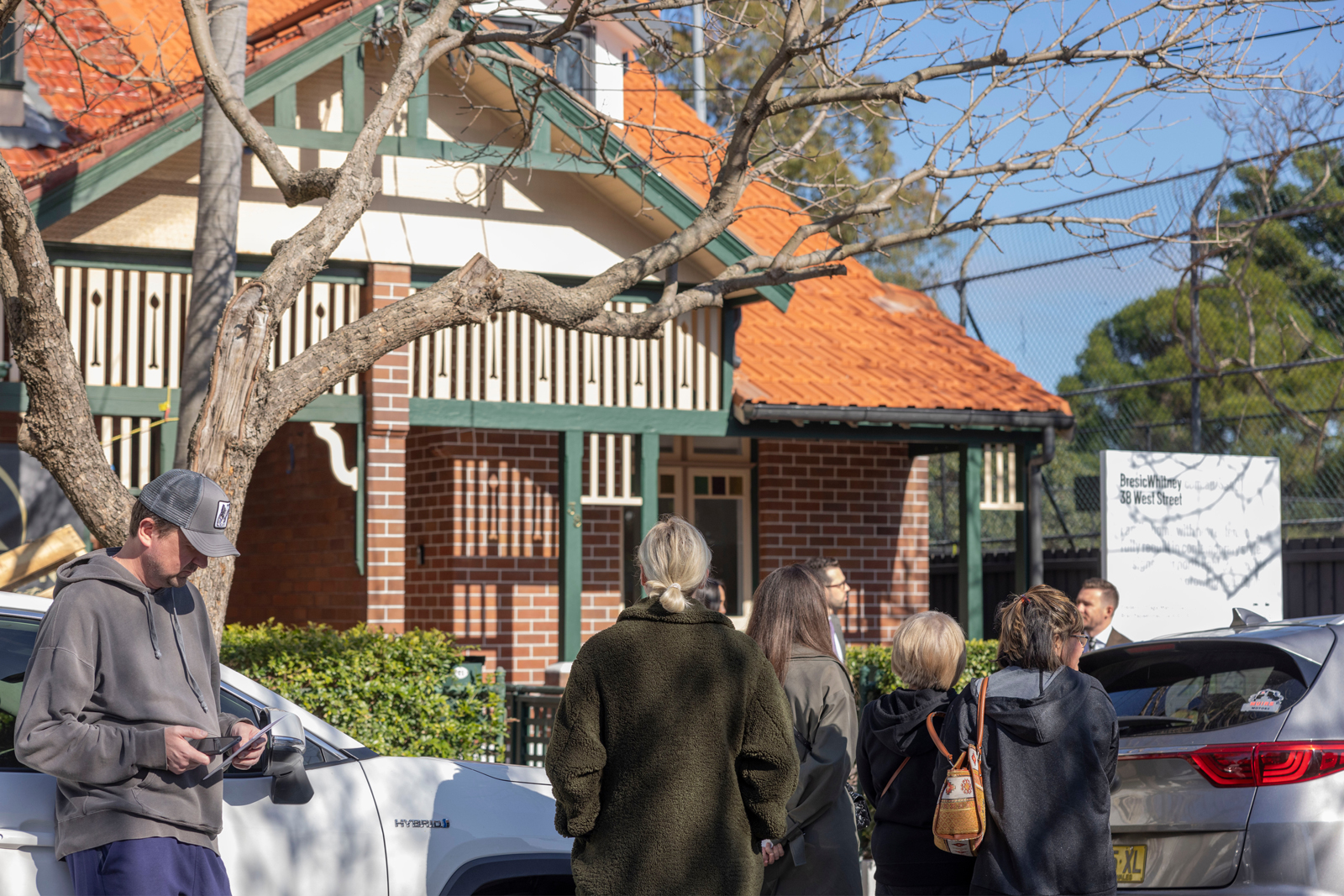
Owners that pursued auction campaigns witnessed the strength of the market, with BresicWhitney’s average auction clearance rate at 74% for the month. An average of 3.7 Sydneysiders registered for BresicWhitney auctions, in a bid to find their next home.
Of the group’s total monthly sales, 18% occurred without advertising on the major property portals. This reflects the deep buyer pool that exists in both ‘on’ and ‘off market’ selling environments across Sydney’s key lifestyle markets.
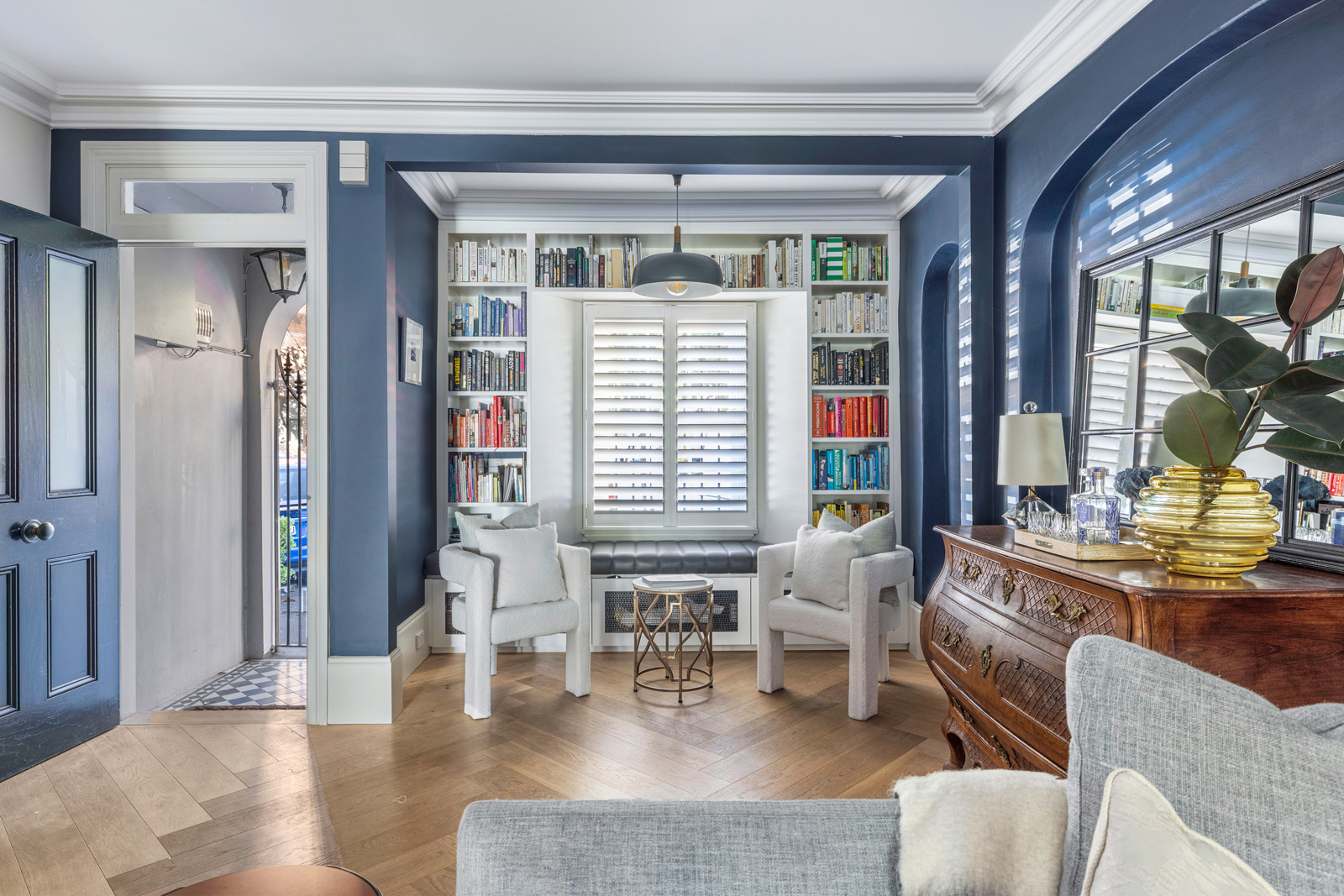
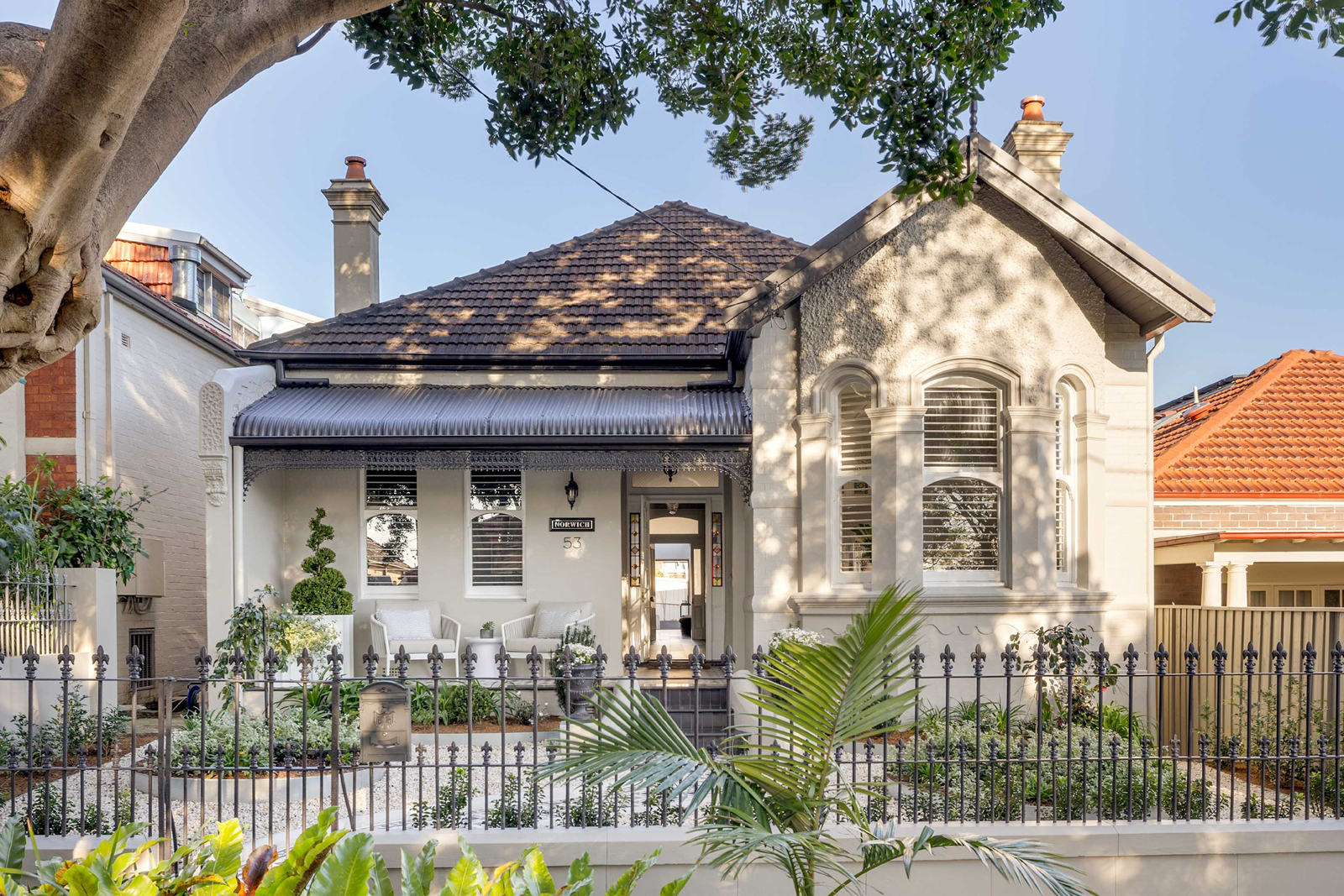
Home values increased 0.3% in July, with units outpacing houses for the fifth consecutive month, according to CoreLogic. Areas concentrated within an approximate 10-kilometre radius of the CBD recorded annual increases, revealed Proptrack. This ranged from 3.07% on Sydney’s North Shore, to 8.09% in the Inner West by the end of July. The city-wide figure came in at 5.6%.

A sense of caution however did remain in the market and is likely to be present over the coming months. BresicWhitney Chief Executive Officer, Thomas McGlynn said mixed messages, conflicting forecasts, and commentary on economic indicators over recent weeks have contributed to this. He did however expect improved stability in market, should inflation remain steady. “We’ve seen buyers and sellers oscillating between bullish engagement in the market, or taking ‘wait and see’ approach.
“While there are still some unknowns about the direction of the Sydney property market, it’s important that those who are engaged, stay focused on why they’re making buying or selling decisions, rather than speculating on potential future economic shifts. For those making moves within weeks or months of one another, there’s not a great deal of risk either. There’s really not any inherently ‘wrong time’ to transact in Sydney, particularly in the celebrious markets that surround the Harbour.”

New class of Inner West trophy homes emerge.
July revealed a curious trend in Sydney’s Inner West: one where neighbours became buyers. BresicWhitney handled a number of sales where buyers relocated or upgraded to homes next door or on the same street.
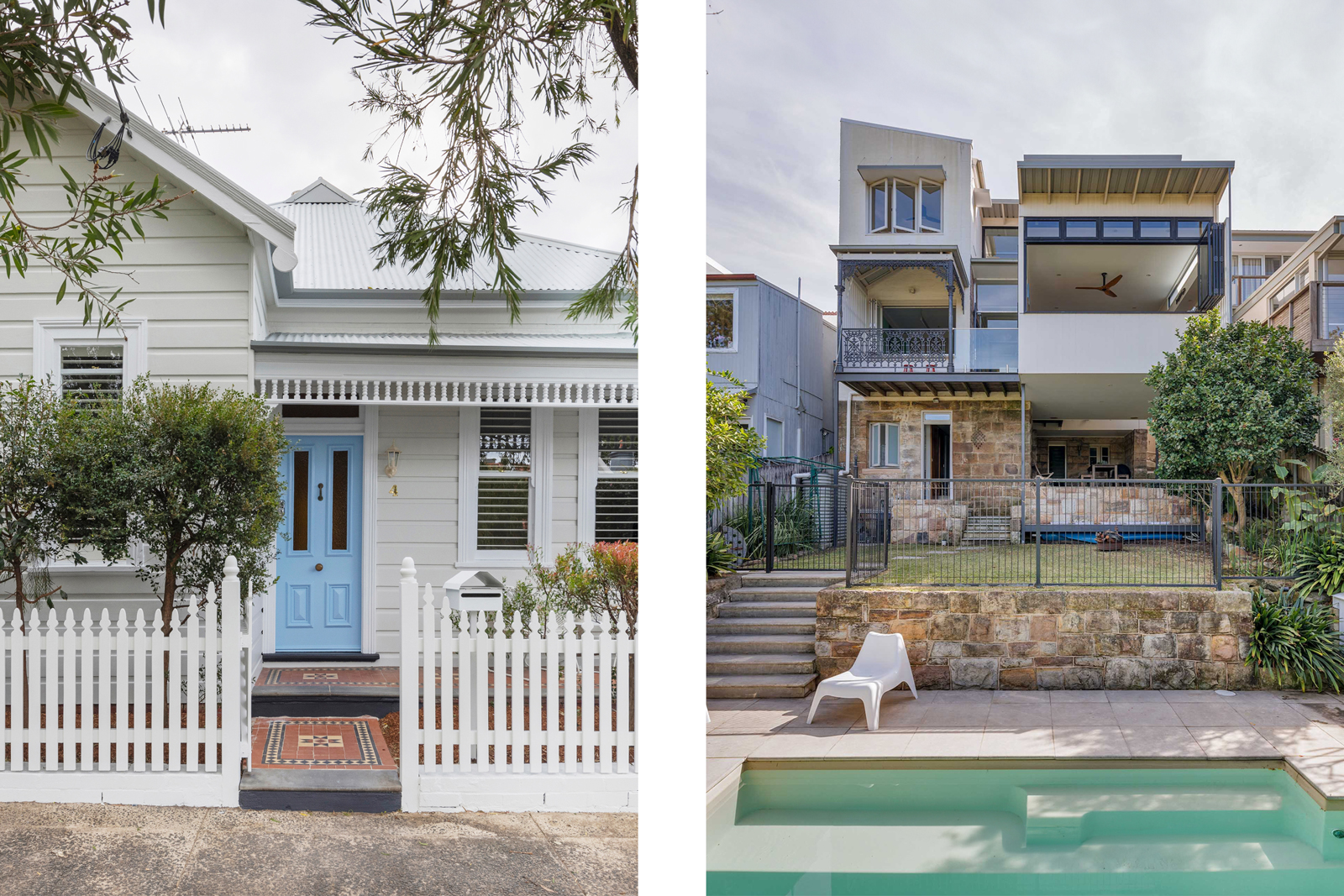
In Lilyfield, a four-bedroom Federation home at 4 Edna Street sold for $3,375,000. The owners listed the property after purchasing 5 Edna Street, which they bought at auction for $4,680,000 in June. They had previously owned house number 13 on the same street.
In Petersham, the purchasers of 14 Searl Street – who secured the property for $1,900,000 in an off-market sale – had been underbidders just doors down at 16 Searl Street that sold for $2,245,000 at auction.
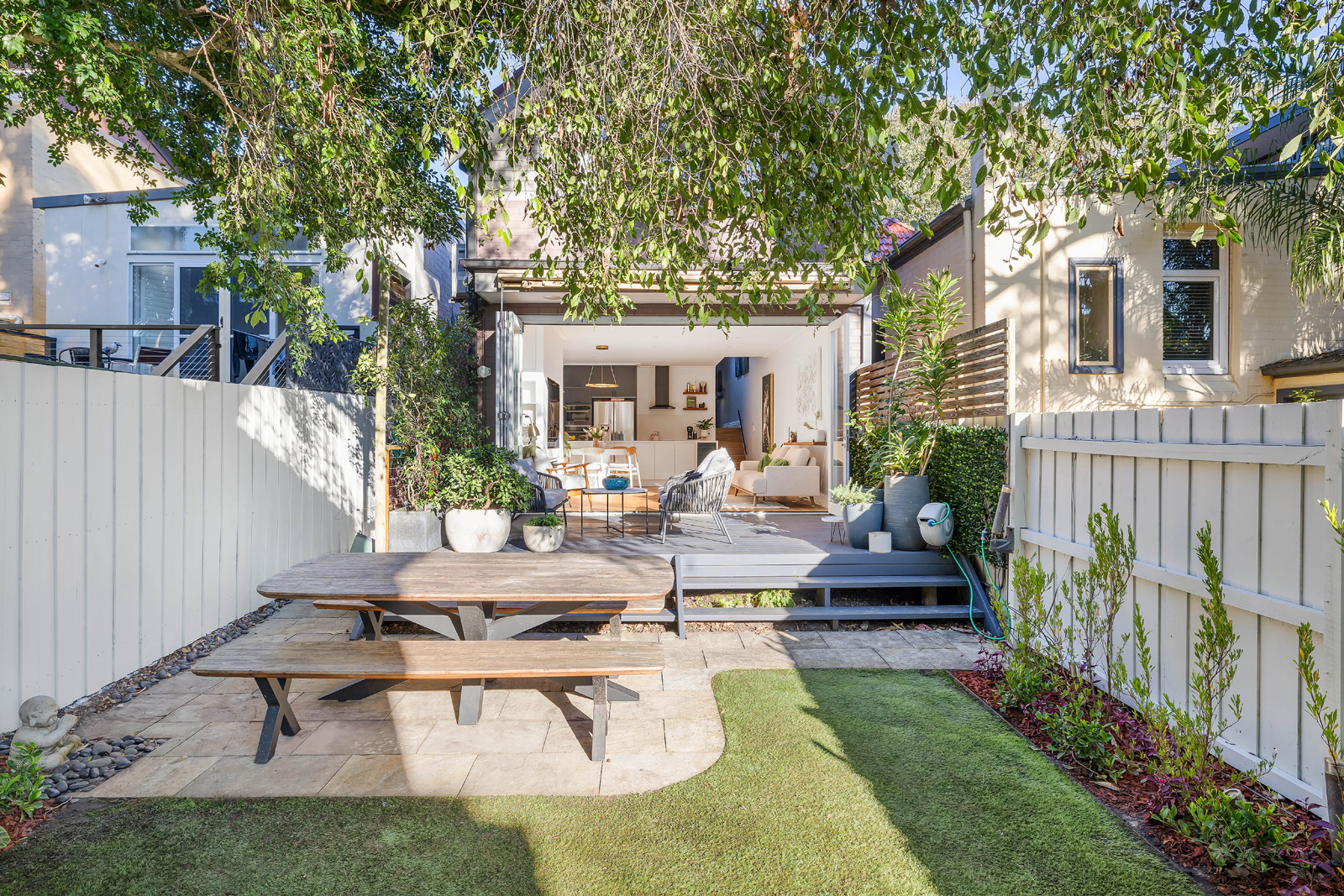
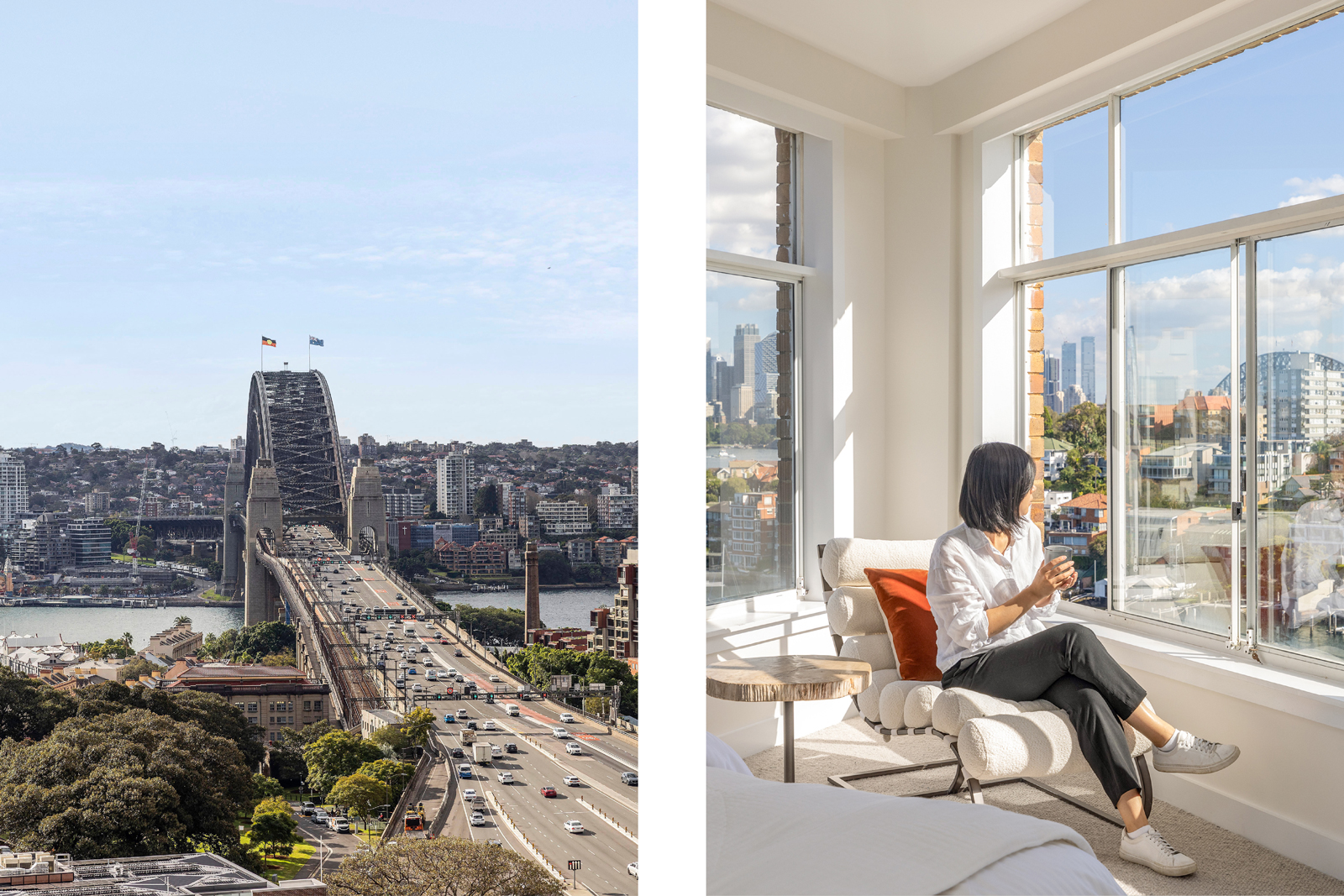
This activity reflects the Inner West’s recalibration, and the similarities it now shares with the more established trophy home markets, such as the Lower North Shore and Eastern Suburbs. “The lure of the Inner West continues to be legitimised, time and time again,” Mr. McGlynn said. “Some of the sellers we’ve dealt with have been initially nervous about upgrading and paying what’s seen as a ‘premium’ for a neighbouring home, but it’s through that very process that they’ve witnessed the competition for these homes.
“The Inner West used to be an area hallmarked by owners staying in the one property for 20 or 30 years. There’s a real shift now towards buying, holding, selling, and upgrading, which is more in line with what buyers have done for decades in the more established trophy home markets. We’re also witnessing more architects and designers unveiling projects and investing in the area – again, not something that would have been seen to the same extent 5-10 years ago.”
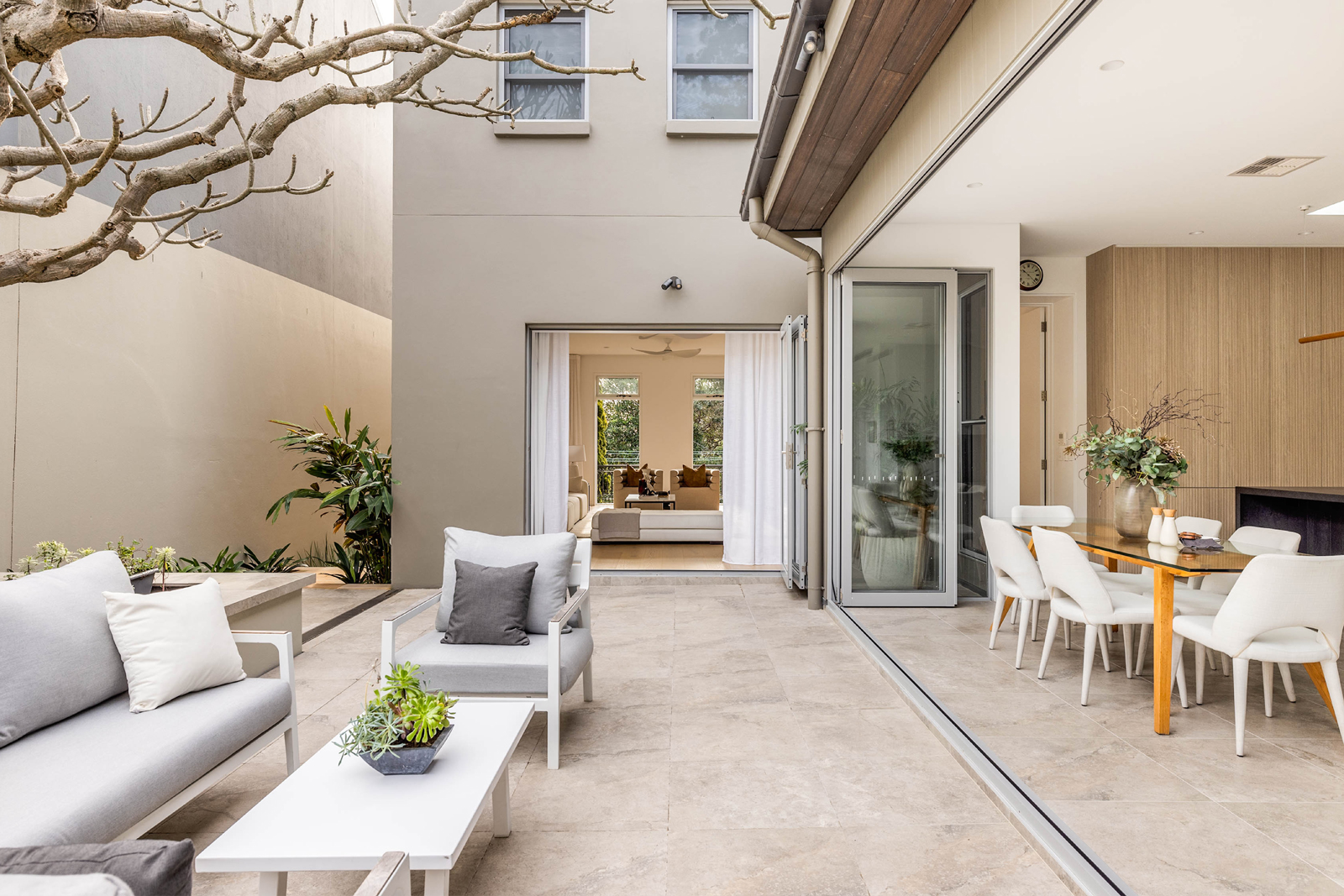
Winter rental lull a minor respite for tenants.
Sydney’s inner city rental market experienced a notable shift during the winter months, as strong growth slowed, leading to minor rental price corrections. BresicWhitney has observed owners continuing to adjust their expectations, in line with tenant enquiry, following a prolonged period of rental growth.
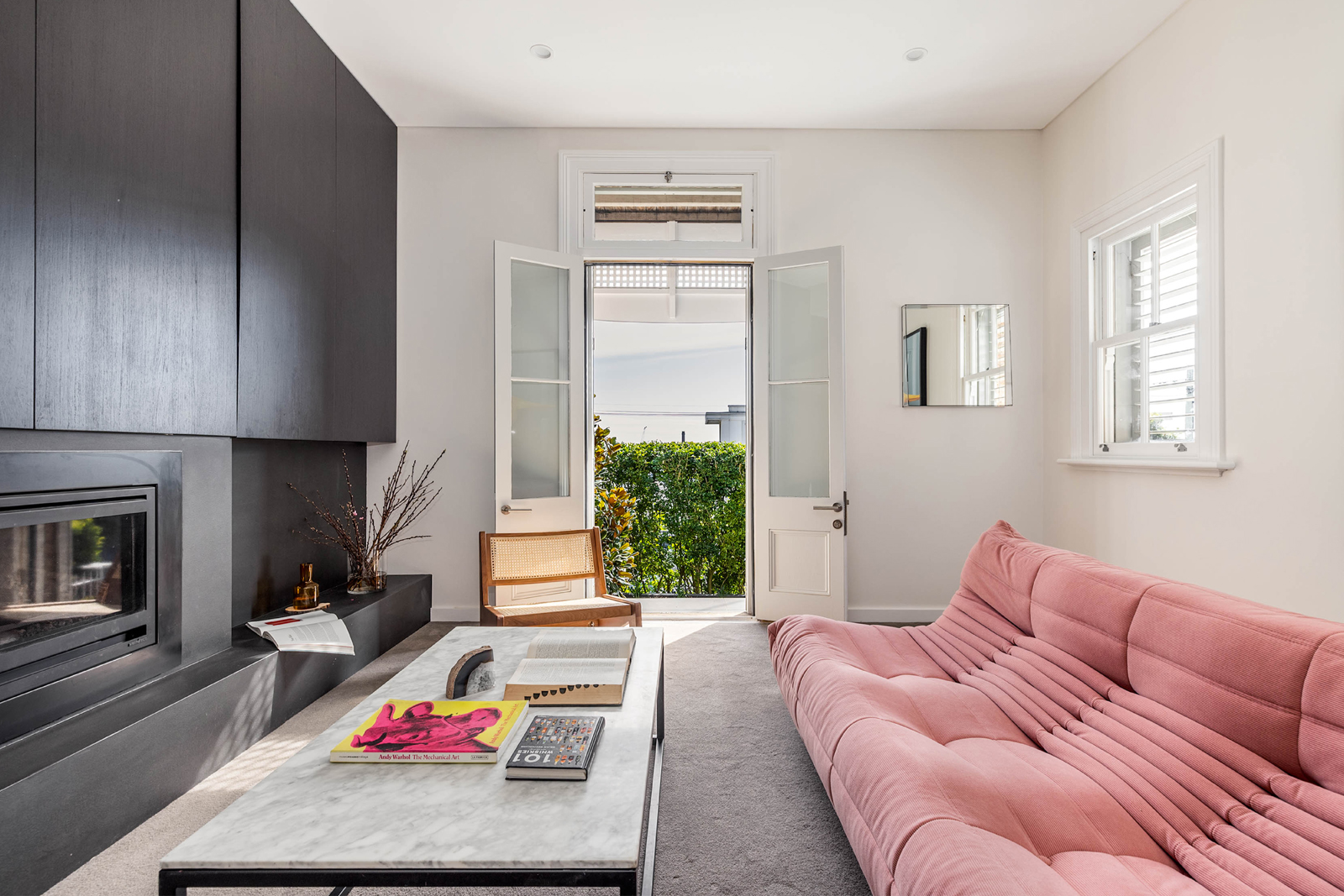
This observation supports PropTrack’s national figures, which showed advertised rents held steady at $600 per week over the June quarter. New research from CoreLogic however indicates there’s stronger rental growth and demand for larger dwellings, such as family homes.
“We saw an increase in the number of properties available for lease on our website in July, with most of these being apartments,” Mr. McGlynn said. “This not only reflects the seasonal change but the persistent demand for homes and the speed at which these are leased. We’ve now seen a trend downwards in the number of total property available in our key markets, which reflects the increase in enquiry in the lead into Spring.”
While the prolonged increase in rents is expected to moderate and return to typical yearly patterns, Mr. McGlynn cautioned that the market still faces undersupply due to low dwelling approvals, commencements, and high interest rates. “While rental growth is unlikely to continue at the pace many investors have become accustomed to, market fundamentals – particularly in the desirable Inner Sydney precincts – will keep demand elevated and supply low. This will support higher rents.”
Diversification on the cards for investors.
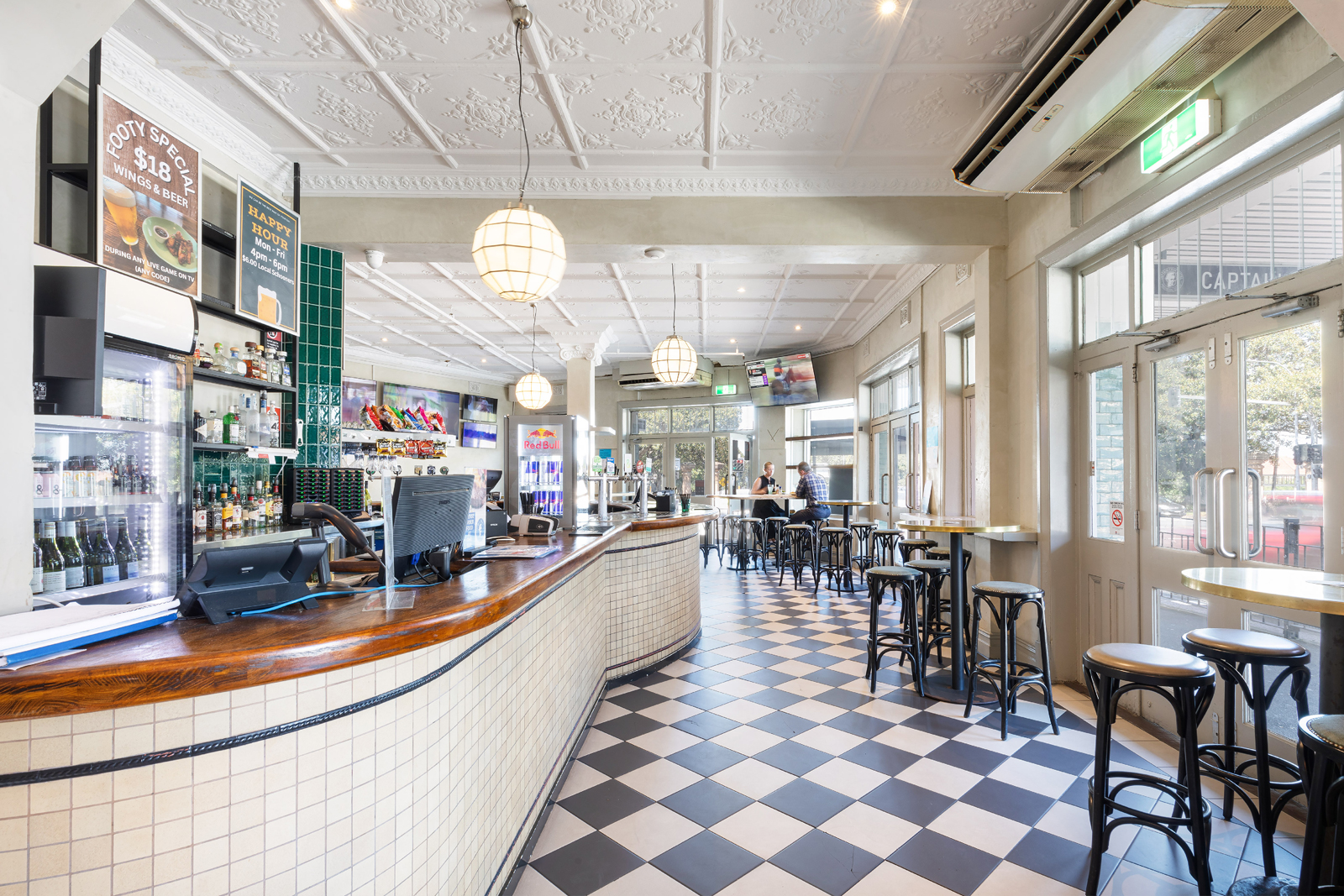
July also highlighted the willingness of residential and commercial investors to preserve and repurpose historic structures. BresicWhitney’s $6.6m sale of Paddington’s iconic Captain Cook Hotel symbolised a new chapter for the 110-year-old building. Its future is likely to be realised as hostel accommodation, evolving with the needs of the market.
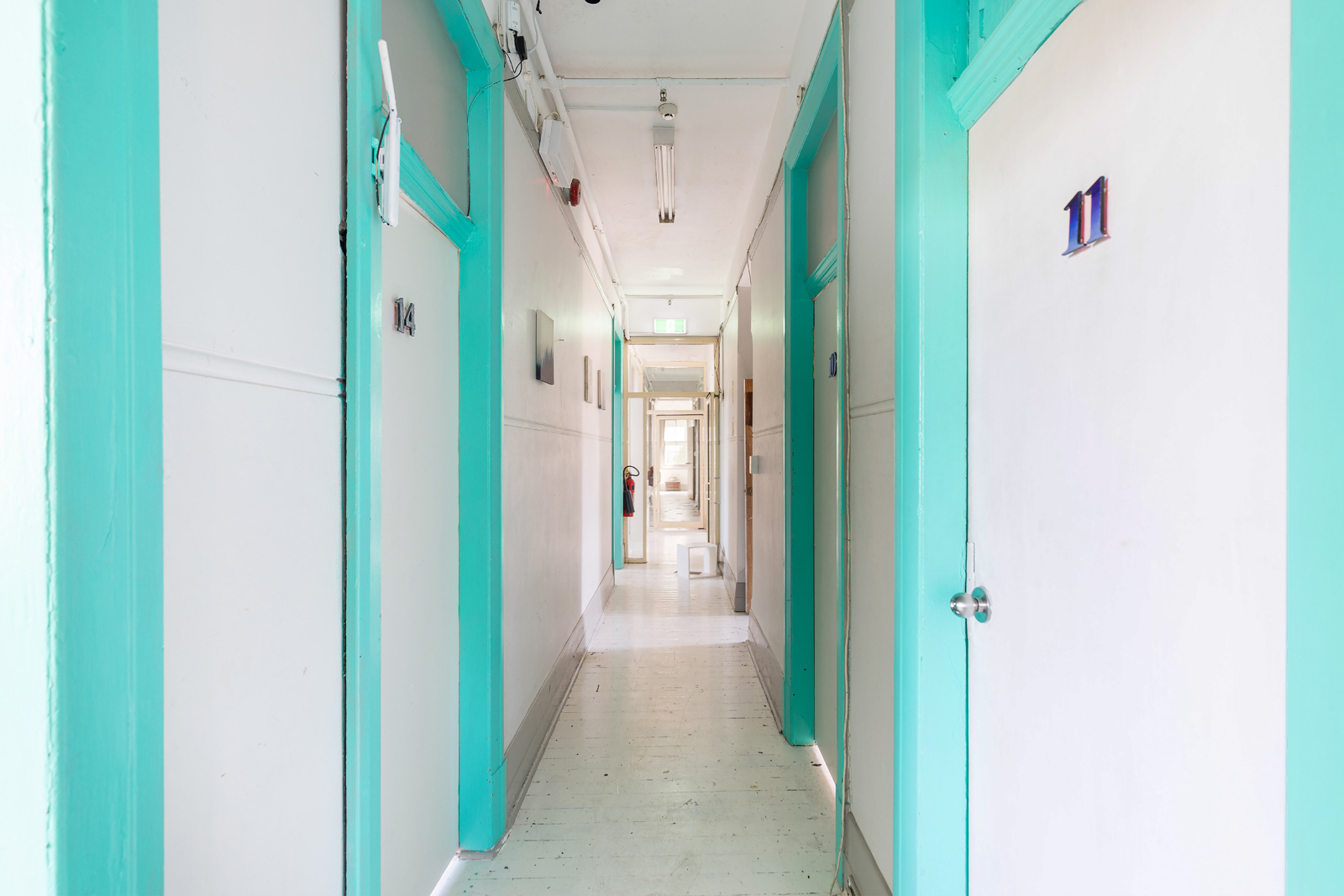
“The inherent value of the land and buildings in sought-after locations like Paddington remains strong. By converting the use of these assets, in ways that support societal or cultural needs, investors can diversify their income while contributing positively to their local communities. This income stability is rightly a key consideration for investors, who are very conscious of the long-term potential of such assets,” Mr McGlynn said.
